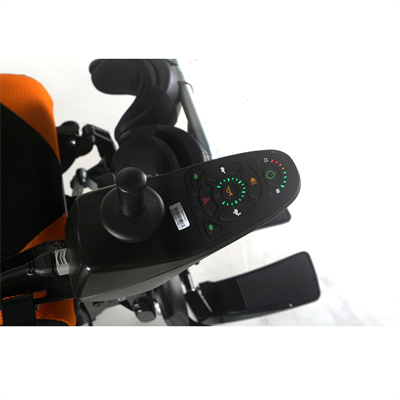Wheelchair etiquette involves being considerate, respectful, and helpful when interacting with individuals who use wheelchairs. Demonstrating proper etiquette promotes inclusivity and ensures that everyone is treated with dignity and respect. Here are some “dos” for wheelchair etiquette:
- Ask Before Offering Assistance:
- Always ask if the wheelchair user needs assistance before providing help. Respect their decision if they decline assistance.
- Speak Directly to the Individual:
- Address the person using the wheelchair, not their caregiver or companion, unless the individual indicates otherwise.
- Maintain Eye Contact:
- When having a conversation with someone in a wheelchair, maintain eye contact at their seated eye level, if possible.
- Give Space:
- Leave enough space to allow the wheelchair user to maneuver comfortably. Be mindful of their personal space and the space required for the wheelchair.
- Hold Doors Open:
- If you see a wheelchair user approaching a door, hold it open for them. It’s a simple act of courtesy.
- Offer to Help with Obstacles:
- If you notice obstacles such as curbs, steps, or uneven terrain, ask if the wheelchair user would like assistance navigating them.
- Respect Accessible Parking Spaces:
- Avoid parking in accessible parking spaces if you don’t have a valid disability parking permit. These spaces are essential for those who need them.
- Use Accessible Restrooms Appropriately:
- Allow wheelchair users priority access to accessible restrooms. Non-disabled individuals should use standard restrooms when available.
- Be Patient:
- If you are waiting in line or navigating a crowded space with a wheelchair user, be patient and give them extra time and space.
- Offer Assistance with Consent:
- If you see someone struggling with a heavy object, ask if they would like help. Don’t assume that they need assistance solely because they are in a wheelchair.
- Listen Actively:
- Pay attention when the individual using the wheelchair is speaking. Listening actively shows respect and consideration.
- Use Respectful Language:
- Use respectful and inclusive language when referring to individuals with disabilities. Avoid derogatory terms or stereotypes.
- Attend to Service Animals:
- If the wheelchair user has a service animal, do not distract or pet the animal without permission. Service animals are working and should not be disturbed.
- Be Inclusive:
- Include wheelchair users in social activities, events, and conversations. Treat them as you would any other friend or colleague.
- Offer Assistance with Lifting Objects:
- If you notice a heavy object or item that is out of reach for the individual using the wheelchair, offer to help them reach it.
- Educate Yourself:
- Take the time to educate yourself about various types of disabilities and their specific needs and challenges. This knowledge can help you interact more respectfully and thoughtfully.
Remember that the key to wheelchair etiquette is treating individuals with disabilities as equals, acknowledging their autonomy and choices, and offering assistance when requested or needed. By following these dos of wheelchair etiquette, you contribute to a more inclusive and considerate society.




















